Saigao Nutri Malt Oligosaccharide
-
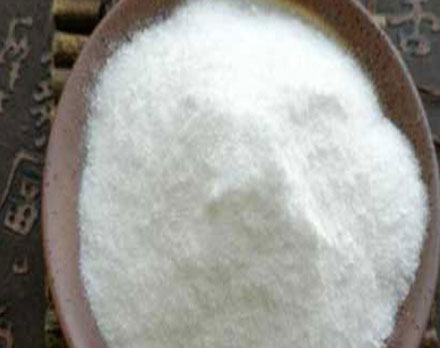 Isomalto-oligosaccharide 900 PowderIsomalto-oligosaccharide 900 Powder can promote bifidobacterium of the body significantly and have the functions of water soluble dietary fiber.LEARN MORE
Isomalto-oligosaccharide 900 PowderIsomalto-oligosaccharide 900 Powder can promote bifidobacterium of the body significantly and have the functions of water soluble dietary fiber.LEARN MORE -
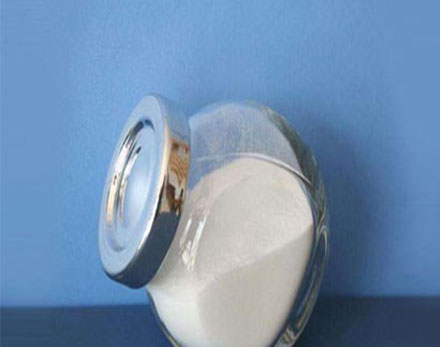 Isomalto-oligosaccharide 900 Powder(Corn)Isomalto-oligosaccharide 900 Powder(Corn) can promote bifidobacterium of the body significantly and have the functions of water soluble dietary fiber, low calorific value, prevent dental caries etc.LEARN MORE
Isomalto-oligosaccharide 900 Powder(Corn)Isomalto-oligosaccharide 900 Powder(Corn) can promote bifidobacterium of the body significantly and have the functions of water soluble dietary fiber, low calorific value, prevent dental caries etc.LEARN MORE -
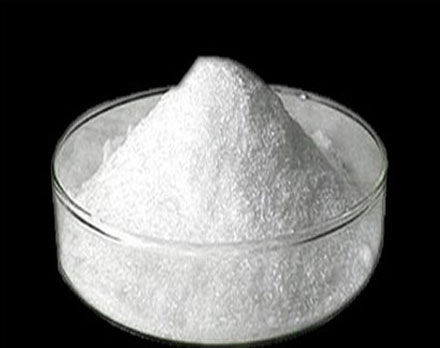 Isomalto-oligosaccharide 900 Powder(Tapioca)Isomalto-oligosaccharide 900 Powder(Tapioca) can promote bifidobacterium of the body significantly and have the functions of water soluble dietary fiber, low calorific value, prevent dental caries etc.LEARN MORE
Isomalto-oligosaccharide 900 Powder(Tapioca)Isomalto-oligosaccharide 900 Powder(Tapioca) can promote bifidobacterium of the body significantly and have the functions of water soluble dietary fiber, low calorific value, prevent dental caries etc.LEARN MORE -
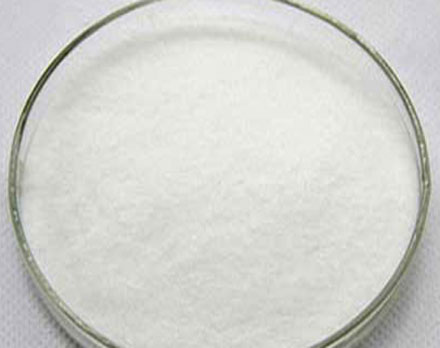 Isomalto-oligosaccharide 900 SyrupWith refined tapioca, organic tapioca, corn starch as raw material, through the enzyme, after liquefaction, concentration, drying and a series of processes and gained white powder products, can promot...LEARN MORE
Isomalto-oligosaccharide 900 SyrupWith refined tapioca, organic tapioca, corn starch as raw material, through the enzyme, after liquefaction, concentration, drying and a series of processes and gained white powder products, can promot...LEARN MORE -
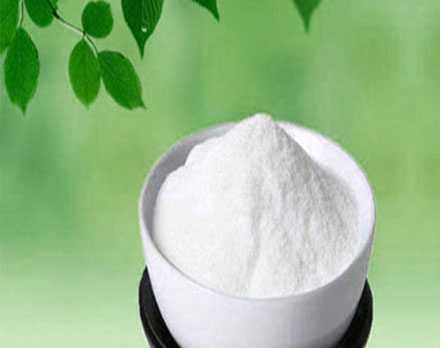 Isomalto-oligosaccharide 900 Syrup(Tapioca)Isomaltooligosaccharide, also known as Isomaltooligosaccharide, is one of the starch sugars. Isomaltooligosaccharide is of great benefit to human body. Compared with other sugars, Isomaltooligosacchar...LEARN MORE
Isomalto-oligosaccharide 900 Syrup(Tapioca)Isomaltooligosaccharide, also known as Isomaltooligosaccharide, is one of the starch sugars. Isomaltooligosaccharide is of great benefit to human body. Compared with other sugars, Isomaltooligosacchar...LEARN MORE -
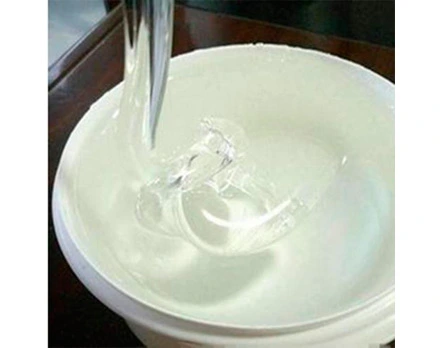 Isomalto-oligosaccharide 900 Liquid (Corn)Isomaltooligosaccharide is a non-digestible oligosaccharide and has the function of water-soluble dietary fiber. It is also a functional oligosaccharide. Oligosaccharides are not digested by human dig...LEARN MORE
Isomalto-oligosaccharide 900 Liquid (Corn)Isomaltooligosaccharide is a non-digestible oligosaccharide and has the function of water-soluble dietary fiber. It is also a functional oligosaccharide. Oligosaccharides are not digested by human dig...LEARN MORE -
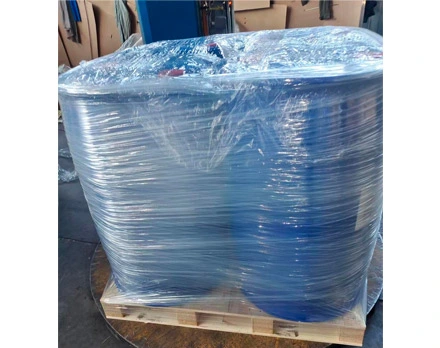 Isomalto-oligosaccharide 900 Liquid (DP3)Isomalto-oligosaccharide has sweet properties, its sweetness is about 40-50% of sucrose, its sweetness is soft and pure, and it is a safe ingredient with high tolerance. Isomaltooligosaccharide has go...LEARN MORE
Isomalto-oligosaccharide 900 Liquid (DP3)Isomalto-oligosaccharide has sweet properties, its sweetness is about 40-50% of sucrose, its sweetness is soft and pure, and it is a safe ingredient with high tolerance. Isomaltooligosaccharide has go...LEARN MORE -
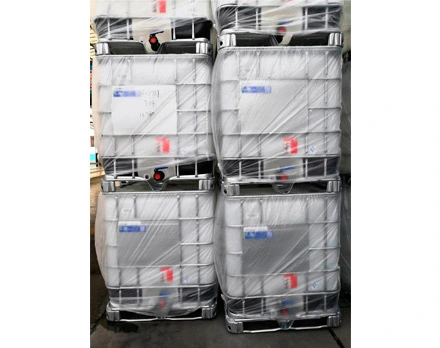 Isomalto-oligosaccharide 900 Liquid (Tapioca)Isomaltooligosaccharide syrup is a colorless or light yellow, transparent and viscous liquid with a soft sweet taste, no peculiar smell, and no impurities visible to normal vision. It can be brewed wi...LEARN MORE
Isomalto-oligosaccharide 900 Liquid (Tapioca)Isomaltooligosaccharide syrup is a colorless or light yellow, transparent and viscous liquid with a soft sweet taste, no peculiar smell, and no impurities visible to normal vision. It can be brewed wi...LEARN MORE -
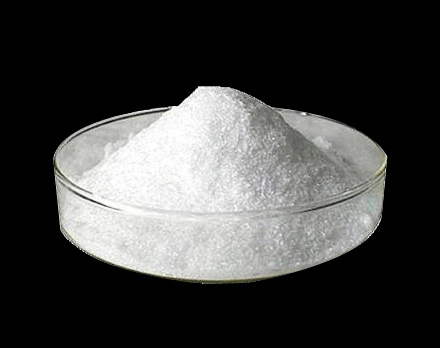 Isomalto-oligosaccharide 900 Powder (Corn)Isomaltooligosaccharide is a type of starch sugar that occurs in nature as a component of amylopectin or polysaccharides. It is only found in small amounts in some fermented foods such as soy sauce an...LEARN MORE
Isomalto-oligosaccharide 900 Powder (Corn)Isomaltooligosaccharide is a type of starch sugar that occurs in nature as a component of amylopectin or polysaccharides. It is only found in small amounts in some fermented foods such as soy sauce an...LEARN MORE -
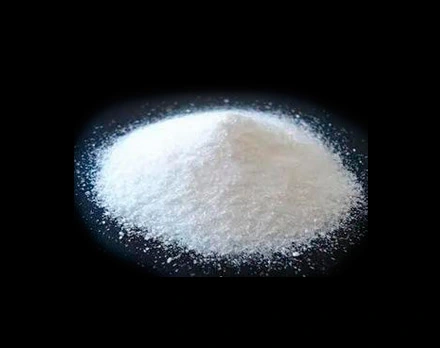 Isomalto-oligosaccharide 900 Powder (DP3)Isomaltooligosaccharide is a prebiotic with good physiological functions. It is a new type of functional starch sugar made from refined starch as raw material through enzymatic hydrolysis and transgly...LEARN MORE
Isomalto-oligosaccharide 900 Powder (DP3)Isomaltooligosaccharide is a prebiotic with good physiological functions. It is a new type of functional starch sugar made from refined starch as raw material through enzymatic hydrolysis and transgly...LEARN MORE -
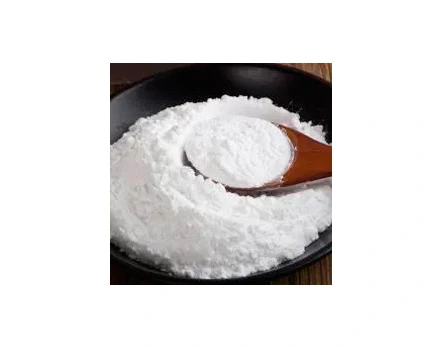 Isomalto-oligosaccharide 900 Powder (Tapioca)Isomalto-oligosaccharide (IMO) is a mixture of short-chain carbohydrates with anti-digestion properties. It is a starch sugar product made from starch as raw material through enzymatic conversion, ref...LEARN MORE
Isomalto-oligosaccharide 900 Powder (Tapioca)Isomalto-oligosaccharide (IMO) is a mixture of short-chain carbohydrates with anti-digestion properties. It is a starch sugar product made from starch as raw material through enzymatic conversion, ref...LEARN MORE -
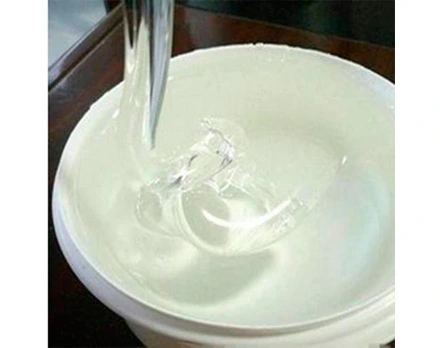 Organic Isomalto-oligosaccharide 900 Liquid (Corn)Isomalto-oligosaccharide 900 Liquid (organic) is a non-digestible oligosaccharide and has the function of water-soluble dietary fiber. It is also a functional oligosaccharide. Oligosaccharides are not...LEARN MORE
Organic Isomalto-oligosaccharide 900 Liquid (Corn)Isomalto-oligosaccharide 900 Liquid (organic) is a non-digestible oligosaccharide and has the function of water-soluble dietary fiber. It is also a functional oligosaccharide. Oligosaccharides are not...LEARN MORE -
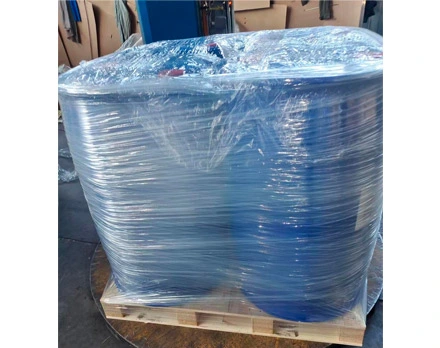 Organic Isomalto-oligosaccharide 900 Liquid (DP3)Isomalto-oligosaccharide has sweet properties, its sweetness is about 40-50% of sucrose, its sweetness is soft and pure, and it is a safe ingredient with high tolerance. Isomalto-oligosaccharide 900 L...LEARN MORE
Organic Isomalto-oligosaccharide 900 Liquid (DP3)Isomalto-oligosaccharide has sweet properties, its sweetness is about 40-50% of sucrose, its sweetness is soft and pure, and it is a safe ingredient with high tolerance. Isomalto-oligosaccharide 900 L...LEARN MORE -
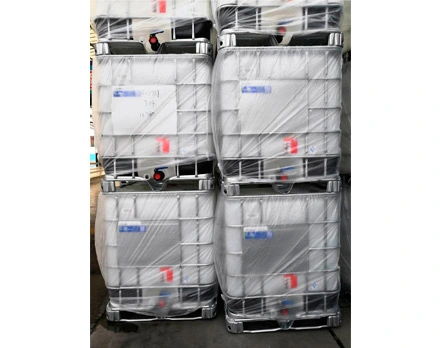 Organic Isomalto-oligosaccharide 900 Liquid (Tapioca)Isomalto-oligosaccharide 900 Liquid (Organic) is a colorless or light yellow, transparent and viscous liquid with a soft sweet taste, no peculiar smell, and no impurities visible to normal vision. It ...LEARN MORE
Organic Isomalto-oligosaccharide 900 Liquid (Tapioca)Isomalto-oligosaccharide 900 Liquid (Organic) is a colorless or light yellow, transparent and viscous liquid with a soft sweet taste, no peculiar smell, and no impurities visible to normal vision. It ...LEARN MORE -
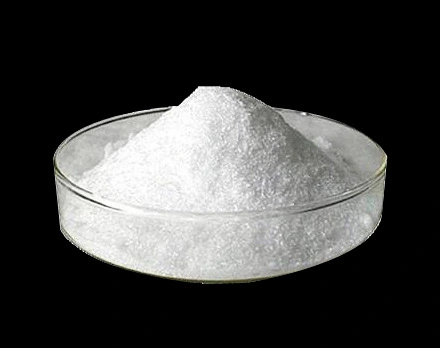 Organic Isomalto-oligosaccharide 900 Powder (Corn)Isomalto-oligosaccharide 900 Powder (Organic) is a type of starch sugar that occurs in nature as a component of amylopectin or polysaccharides. It is only found in small amounts in some fermented food...LEARN MORE
Organic Isomalto-oligosaccharide 900 Powder (Corn)Isomalto-oligosaccharide 900 Powder (Organic) is a type of starch sugar that occurs in nature as a component of amylopectin or polysaccharides. It is only found in small amounts in some fermented food...LEARN MORE -
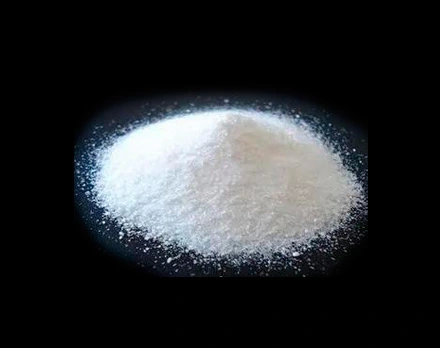 Organic Isomalto-oligosaccharide 900 Powder (DP3)Isomalto-oligosaccharide 900 Powder (DP3) (Organic) is a prebiotic with good physiological functions. It is a new type of functional starch sugar made from refined starch as raw material through enzym...LEARN MORE
Organic Isomalto-oligosaccharide 900 Powder (DP3)Isomalto-oligosaccharide 900 Powder (DP3) (Organic) is a prebiotic with good physiological functions. It is a new type of functional starch sugar made from refined starch as raw material through enzym...LEARN MORE -
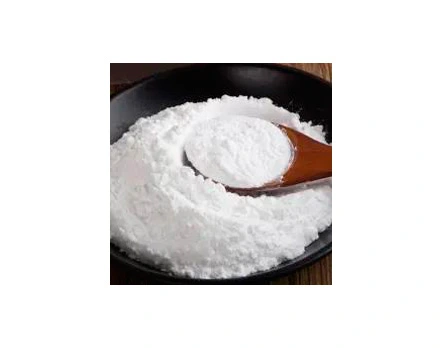 Organic Isomalto-oligosaccharide 900 Powder (Tapioca)Isomalto-oligosaccharide (IMO) is a mixture of short-chain carbohydrates with anti-digestion properties. It is a starch sugar product made from starch as raw material through enzymatic conversion, ref...LEARN MORE
Organic Isomalto-oligosaccharide 900 Powder (Tapioca)Isomalto-oligosaccharide (IMO) is a mixture of short-chain carbohydrates with anti-digestion properties. It is a starch sugar product made from starch as raw material through enzymatic conversion, ref...LEARN MORE
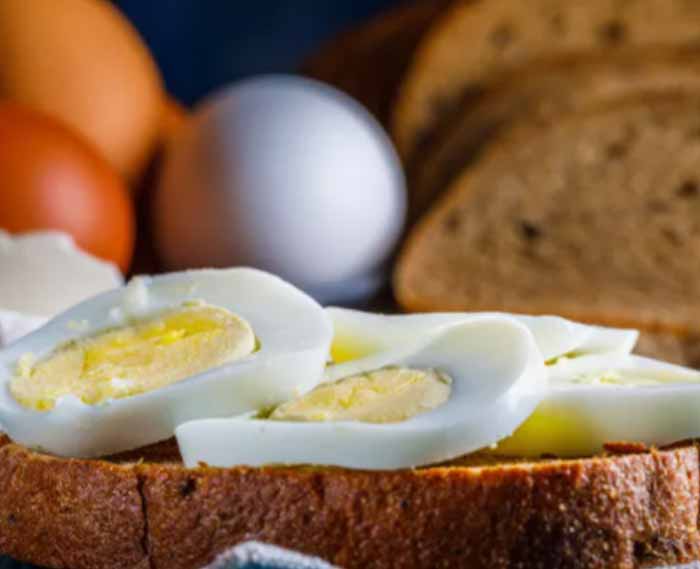
Are Isomalto Oligosaccharides Healthy?
When it comes to isomaltooligosaccharide benefits, it is asserted that oligosaccharides that are not digested and absorbed in the small intestine will pass through to the colon where they are fermented by Bifidobacteria, thus enhancing the proliferation of the bacteria. In this respect, fermentable oligosaccharides may be considered prebiotics. And this is definitely one of the isomaltooligosaccharide benefits.

Malt Oligosaccharide-FAQs
-
Is cellulose an oligosaccharide?
Oligosaccharides - up to ten monosaccharide residues joined together by glycosidic linkages. ... Polysaccharides - generally considered to be polymers of more than ten monosaccharide residues. Examples include cellulose, hemicellulose, and starch.
-
Is galactose an oligosaccharide?
Common oligosaccharides include glucose, fructose and galactose - which can often be bonded together through 1,4 glycosidic bonds to create disaccharides such as maltose, sucrose and lactose
-
Are Isomalto oligosaccharides healthy?
Health benefits Oligosaccharides that are not digested and absorbed in the small intestine, pass through to the colon where they are fermented by Bifidobacteria, thus enhancing the proliferation of the bacteria. In this respect, fermentable oligosaccharides may be considered prebiotics.
-
Do oligosaccharides raise blood sugar?
Oligosaccharides are a type of prebiotic fiber found in plants. Like erythritol, oligosaccharides don't raise blood sugar. The natural flavors in Swerve also contain no carbs or sugar. Clinical trials have confirmed that Swerve is safe for people with diabetes and does not raise blood sugar or insulin levels.
-
Are oligosaccharides reducing sugars?
All monosaccharides are reducing sugars, along with some disaccharides, some oligosaccharides, and some polysaccharides. ... Ketoses must first tautomerize to aldoses before they can act as reducing sugars. The common dietary monosaccharides galactose, glucose and fructose are all reducing sugars.
-
Are oligosaccharides safe?
When taken by mouth: Fructo-oligosaccharides are POSSIBLY SAFE to take by mouth short-term and in doses of less than 30 grams per day. They can cause intestinal gas (flatulence), intestinal noises, bloating, stomachcramps, and diarrhea. These effects are usually mild if the dose is less than 10 grams per day.
-
Are oligosaccharides natural?
Oligosaccharides are sweet-tasting carbohydrates composed of short chains of sugars. They're found naturally in fruits and starchy vegetables ( 3 ). ... Because oligosaccharides are prebiotic fibers that cannot be broken down by the human digestive tract, they're considered calorie-free
-
Where are oligosaccharides found?
The most important disaccharide in plants and is found in large amounts in crops such as sugarcane, sugar beets, and sweet sorghum Oligosaccharides are also commonly bound to lipids and amino acids by way of O-glycosidic and N-glycosidic bonds to produce glycolipids and glycoproteins.
-
How are oligosaccharides formed?
Oligosaccharide is a carbohydrate polymers comprise three to ten monosaccharides, or, simple sugars. They were linked together mostly by O-glycosidic bond through condensation reaction between an anomeric carbon of a monosaccharide and the other. They can also form N-glycosidic linkages under certain atmosphere.
-
What is the difference between polysaccharides and oligosaccharides?
The differences between oligosaccharides and polysaccharides are given as follows: Oligosaccharides are composed of about two to six monosaccharide units. Polysaccharides are made of about two hundred monosaccharide units. Oligosaccharides have a sweet taste and are soluble in water.
-
What are the 4 types of polysaccharides?
Terms in this set (8)
· Starch purpose. Energy.
· Glycogen purpose. Store glucose.
· Chitin purpose. Structure.
· Cellulose purpose. Structure and dietary fiber.
· Starch is found In bloodstream and cells.
· Glycogen is found In liver and muscle cells.
· Chitin is found In cell walls.
· Cellulose is found in plant cell walls.
-
Application of Resistant Dextrin Powder in FoodMar 29, 2025
-
Effects and Functions of Maltitol CrystalsMar 22, 2025
+86-531-69959201
sales@saigaonutri.com
No 12111,Jingshi Road, Lixia District, Jinan City, Shandong Province. P.R. China


 Isomalto Oligosaccharide IMO PDF
Isomalto Oligosaccharide IMO PDF